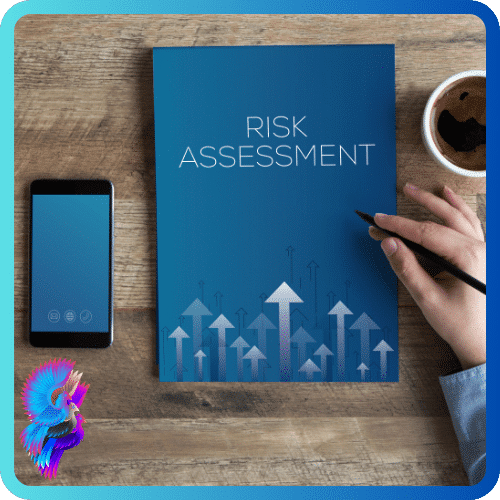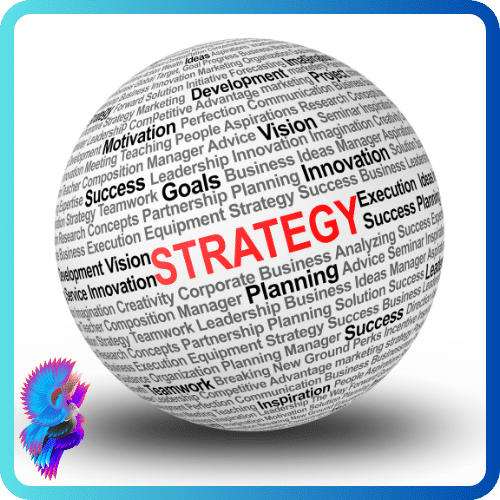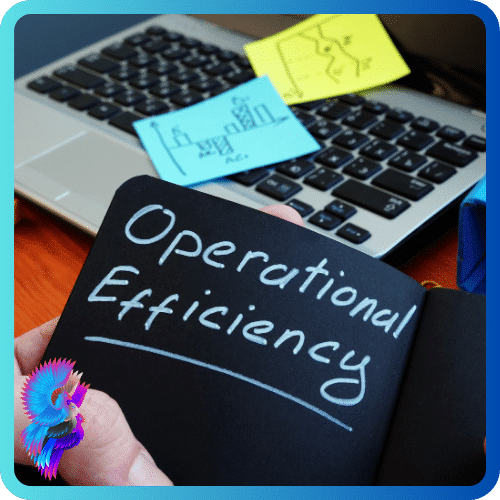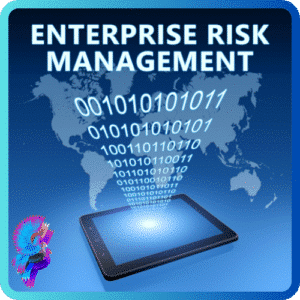Advertisements
Risk Mitigation and Control
Introduction:
Risk mitigation and control are integral components of the risk management process, designed to minimize or eliminate the impact of identified risks on an organization’s objectives.
These strategies are essential for navigating uncertainties and ensuring resilience in dynamic business environments.
This essay explores the concepts of risk mitigation and control, their significance, and the diverse strategies employed to safeguard organizations against potential threats.
I. Definition and Significance of Risk Mitigation and Control:
1.Risk Mitigation:
- Risk mitigation involves the development and implementation of strategies to reduce the likelihood or impact of identified risks.
- It aims to create a proactive response to potential challenges, minimizing the adverse effects on organizational objectives.
- Mitigation strategies may include preventive measures, contingency planning, and the establishment of fallback options to address uncertainties.
2.Risk Control:
- Risk control focuses on managing and regulating identified risks to keep them within acceptable limits.
- It involves implementing policies, procedures, and mechanisms to monitor, respond to, and limit the impact of risks.
- Control measures may range from technological solutions and process enhancements to comprehensive training programs for employees.
II. Strategies for Risk Mitigation and Control:
1.Preventive Measures:
- Proactive steps can be taken to prevent risks from materializing.
- This may involve implementing robust internal controls, conducting regular audits, and enforcing compliance with established policies and procedures.
- For example, in the realm of cybersecurity, preventive measures may include firewalls, encryption, and employee training to reduce the risk of data breaches.
2.Diversification and Redundancy:
- Diversifying operations or establishing redundancy measures can mitigate the impact of a single-point failure.
- This strategy spreads risk across different areas, reducing the overall vulnerability of the organization.
- In the context of supply chain management, organizations may diversify suppliers or maintain buffer stock to mitigate the risks associated with disruptions in the supply chain.
3.Insurance and Risk Transfer:
- Organizations can transfer the financial impact of certain risks through insurance policies.
- This strategy helps protect against significant financial losses resulting from unforeseen events.
- For instance, businesses may purchase property insurance to mitigate the financial impact of damages caused by natural disasters or accidents.
4.Crisis Management and Contingency Planning:
- Developing comprehensive crisis management and contingency plans allows organizations to respond effectively to unexpected events.
- These plans outline specific actions to be taken in the face of crises, minimizing the impact on operations.
- Contingency planning is crucial in sectors such as healthcare, where organizations prepare for potential pandemics or natural disasters that could disrupt normal operations.
5.Technology and Innovation:
- Leveraging technology and innovation can enhance risk mitigation and control.
- Advanced technologies such as artificial intelligence and predictive analytics enable organizations to identify and respond to risks in real-time.
- In financial services, for example, algorithmic trading systems may include built-in risk management mechanisms to automatically control exposure and prevent excessive losses.
III. Integrated Risk Management Framework:
1.Enterprise Risk Management (ERM):
- ERM is a holistic approach that integrates risk management into an organization’s overall strategic planning.
- It aligns risk management with organizational objectives, ensuring that risk mitigation and control efforts are closely tied to the achievement of goals.
- ERM provides a comprehensive framework for identifying, assessing, and responding to risks across all levels of an organization.
2.Continuous Monitoring and Review:
- A crucial aspect of effective risk mitigation and control is the continuous monitoring and review of implemented strategies.
- Regular assessments ensure that risk management measures remain relevant and effective in the face of evolving threats and organizational changes.
- Periodic risk assessments and performance reviews allow organizations to adjust their mitigation and control strategies as needed.
Conclusion:
In conclusion, risk mitigation and control are indispensable elements of a robust risk management strategy.
By adopting a proactive stance and implementing a diverse array of strategies, organizations can safeguard themselves against potential threats, ensuring operational resilience and sustained success.
The integration of risk management into overall business strategy, coupled with continuous monitoring and adaptability, positions organizations to thrive in the face of uncertainty and complexity.
Advertisements






















